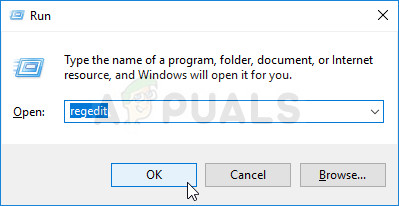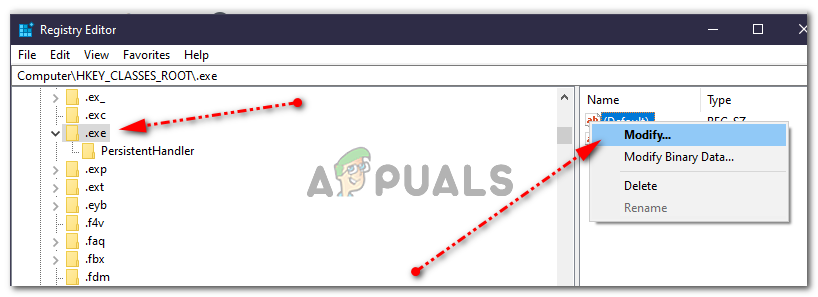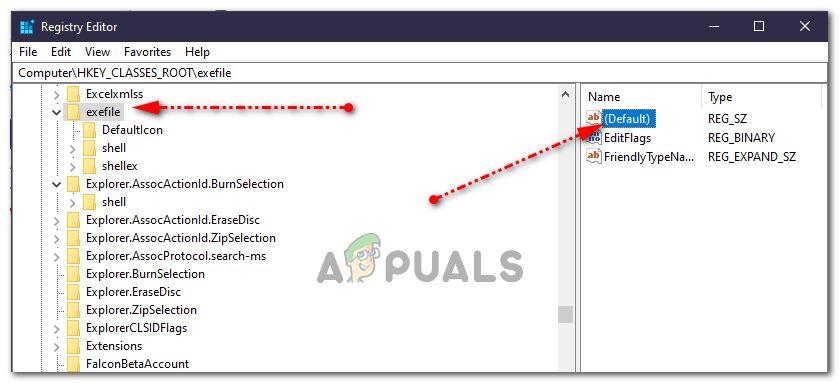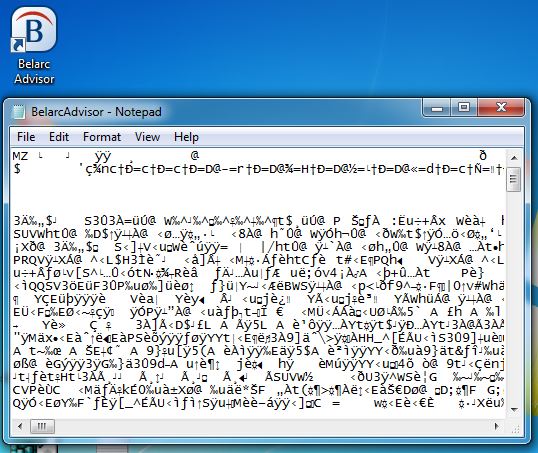Fix: Exe files not opening on Windows 7 or Vista
When you are unable to open an EXE file and it opens in Notepad or other programs, then that means that the file association for the “.exe” files is messed up, probably due to a program or mistakenly associating it with another.
However, this issue can be easily resolved by following the steps below:
Method 1:
- This is a common problem when files are incorrectly associated, either by changing default file associations or accidentally opening a file with another program where it is set as the default, such as Notepad, Paint, Wordpad, etc.
- To fix the issue, please download and run the registry editor key from here.
- Right-click on the downloaded exefile_cu.reg file and select ‘Open With.’ In the ‘Open With‘ menu, select ‘Registry Editor,’ and when prompted to confirm, select ‘Yes.’
Method 2:
- Click “Start” and type “Regedit.
- Press Enter, and in the Registry Editor window, select File -> Import.
- Choose the downloaded “exefix_cu.reg” file and click “Open” to import it.
- It will overwrite the incorrect values in your registry with the correct ones.
Method 3:
- Press “Windows” + “R” and type in “regedit.

Running the Registry Editor - Press “Enter” and confirm the prompt to open the registry editor.
- Browse to the following registry key:
HKEY_CLASSES_ROOT\.exe
- Select “.exe”, right-click on the “Default” file in the right pane and select “Modify”.

Clicking on “Modify” - Enter “exefile” as the value data excluding the ” symbols.
- Browse to and then click on the following registry key:
HKEY_CLASSES_ROOT\exefile
- Select the “Exefile” folder, right-click on the “Default” key and select “Modify”.

Clicking on “Modify” - Enter “%1” %* as the value data including the ” and * Symbols.
- Browse to and then click on the following registry key:
KEY_CLASSES_ROOT\exefile\shell\open
- Select the “Open” folder, right-click on the “Default” key and select “Modify”.
- Enter “%1” %* as the value data including the ” and * symbols.
- Close the Registry Editor and restart your system.
